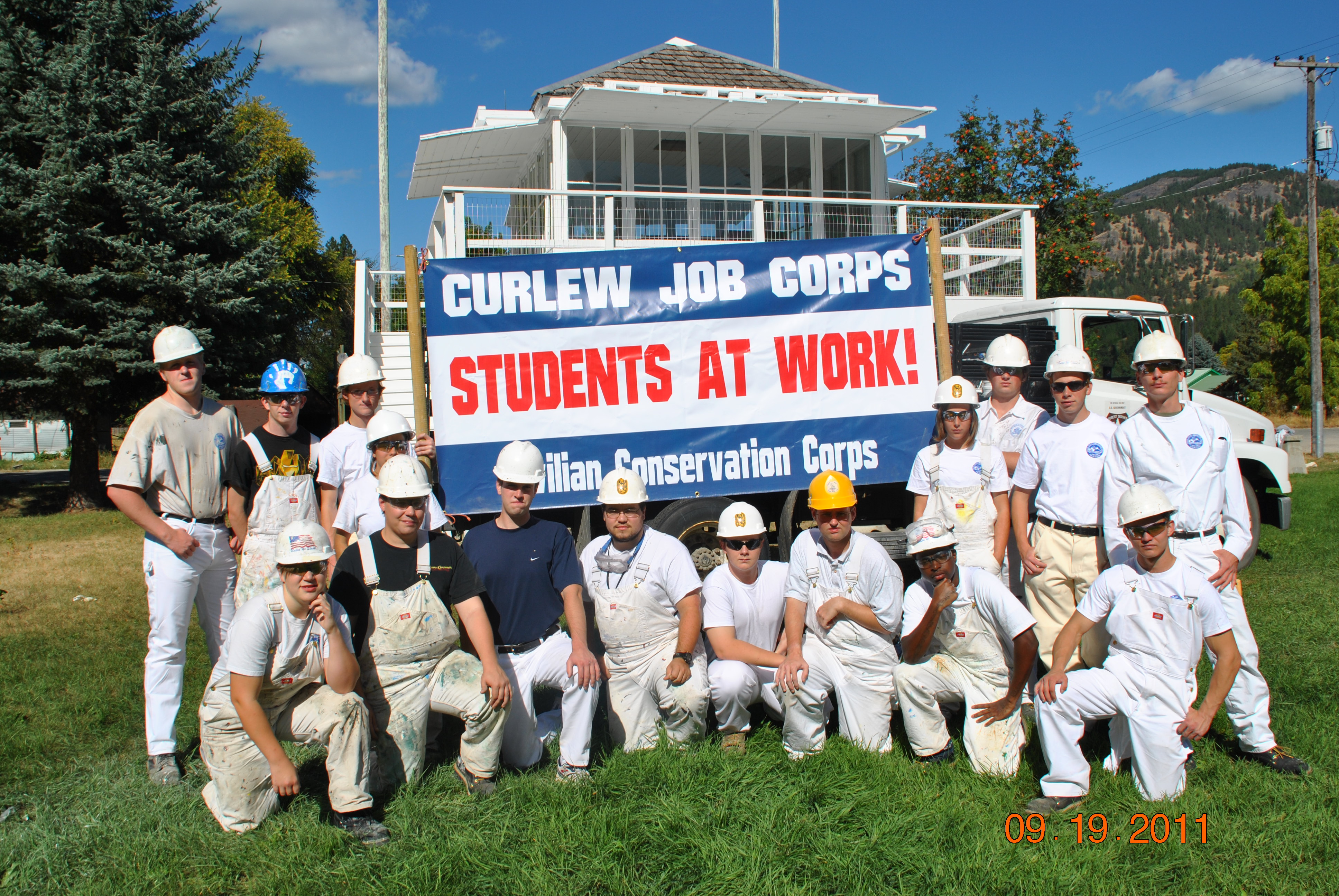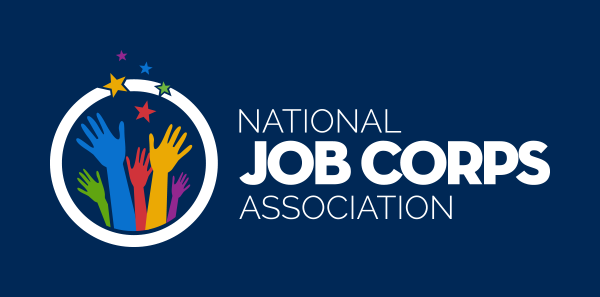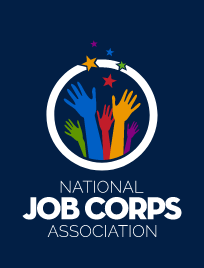 Why would Curlew Job Corps painting students be walking the steep, mile-long, road down to the main highway and back to their training site, carrying water filled paint buckets in each hand? International Union of Painters and Allied Trades Pre-Apprenticeship instructor, Mike Storrs, can explain.
Why would Curlew Job Corps painting students be walking the steep, mile-long, road down to the main highway and back to their training site, carrying water filled paint buckets in each hand? International Union of Painters and Allied Trades Pre-Apprenticeship instructor, Mike Storrs, can explain.
“Our students need to be physically able to carry full five-gallon buckets of paint, when they leave my program.” says Storrs. “They need good shoulder and hand muscles, as well as be in overall good physical condition. That’s why I ask our students to carry the buckets. In the winter months, we go to the gym where they work out with a military p.t. program.
In the Curlew Job Corps Civilian Conservation Painting program, students learn basic sandblasting, special coating, dry wall taping, mudding and repair, set up and use of several different spray systems including airless, conventional and HVLP methods. They also learn wood finishing, stain, and sealing, how to use solvents, basics of estimating and blueprint reading, and scaffold erection and dismantle and green technology. Graduates leave with hours of hands-on experience and certificates in lead removal and OSHA 10 safety.
On campus, it’s just a revolving list of projects to paint of interior and exterior buildings. In the surrounding communities, the painters have worked on projects such as the Republic Ranger District outbuilding, the Tonasket Ranger District interior, Curlew Border Patrol exterior buildings, interior and exterior of Curlew’s Ansorge Hotel and several other non profit agency buildings. This summer, the students painted the historic Mt. First Thot fire lookout tower, in Orient, Washington, and gates that were sand blasted and painted for the Colville National Forest. Projects for the future include exterior paint on the Slagle House and signage for the Colville National Forest.
A new sandblasting building with blast hoods and suits, make it possible to do many new sign projects. Next year, all the center’s buildings will have raised relief signs, thanks to the new equipment. The huge log that marks the entrance to the campus is now being sand blasted, lettered, stained and sealed by the painting crew.
According to instructor, Mike Storrs, his satisfaction comes from helping the students have a better life, and being able to hear good reports from employers about student being hired and keeping their jobs. “One recent graduate, Ben Petersen, is working in the IUPAT (International Union of Painters and Allied Trades) at Hanford, in the vitrification plant, glassifying radioactive sand and other materials. He’s making around $21 an hour. My latest graduate, Chris Shreck, is working in Portland, Oregon, at a John Deere factory prepping and coating equipment.
If you would like to see first-hand what training is taking place at the Curlew Job Corps, contact the center’s Business and Community Liaison, Jenni Albert, at 779-0547 to tour the facility.


 JOB CORPS
JOB CORPS